‘The Great Gatsby’ failed ... until it didn’t
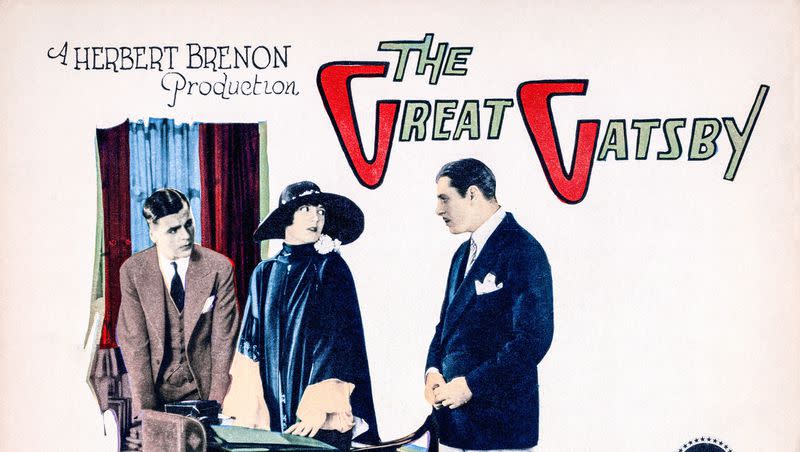
- Oops!Something went wrong.Please try again later.
- Oops!Something went wrong.Please try again later.
- Oops!Something went wrong.Please try again later.
Editor’s note: This article was originally published on Oct. 25, 2022. It has been updated.
Not only was F. Scott Fitzgerald’s “The Great Gatsby” a commercial failure, but it fell into near obscurity a few years after its initial publication.
Later, famed literary critic Harold Bloom would argue that “The Great Gatsby” was one of the most quintessential American novels of all time, but during its day, the novel did not have the cultural cachet it does today.
On Monday, the book celebrated its 97th anniversary. When the book was first published on April 10, 1925, the book had a modest run of 20,000 copies sold, according to The New York Times. Comparatively speaking, “The Beautiful and the Damned” and “This Side of Paradise” sold more than double that amount.
The New York Times also said that Fitzgerald did not feel like even the enthusiastic reviews understood the novel — “that of all the reviews, even the most enthusiastic, not one had the slightest idea what the book was about.” Fitzgerald had written himself into “The Great Gatsby,” but reviewers were unaware that he did.
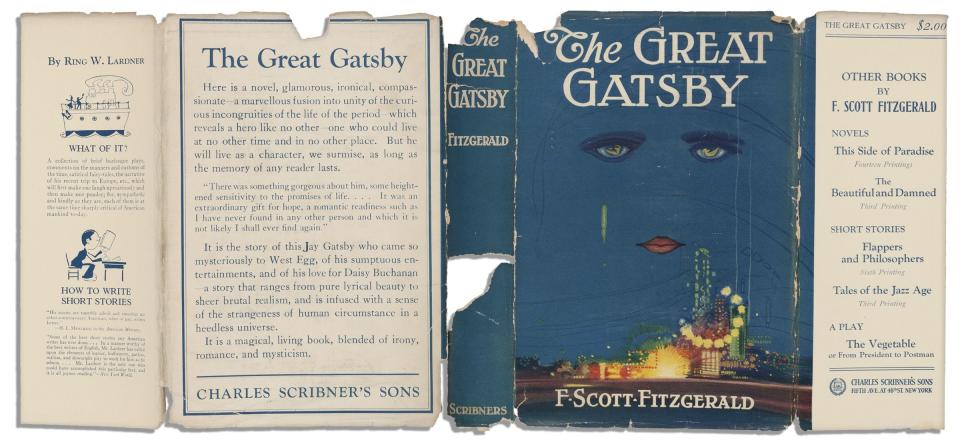
The failed American dream
Fitzgerald’s literary masterpiece critiqued and expanded the conception of the American dream. Jay Gatsby, a man with no money, fell in love with Daisy Buchanan, a married socialite. Gatsby relentlessly pursued wealth to become a suitable partner for Daisy (they had dated previously, but she married someone else), but his efforts ultimately failed and he was shot and drowns in the pool made by his wealth.
T.J. Eckleburg’s disembodied, piercing gaze — pictured on a billboard — surveys the lavish wealth, the adultery, the yearning and the failing as if it were the eyes of God. The decaying billboard represents disenchantment with the American dream and materialism — a disenchantment that Fitzgerald himself had.
At the end of Daisy’s dock was a green light, visible from Gatsby’s blue lawn: “His dream must have seemed so close that he could hardly fail to grasp it.”
Gatsby’s infatuation with the American dream culminated in Daisy, who ultimately did not choose him, but Gatsby had a naive hope: “Gatsby believed in the green light, the orgastic future that year by year recedes before us. It eluded us then, but that’s no matter — to-morrow we will run faster, stretch out our arms farther.... And one fine morning — So we beat on, boats against the current, borne back ceaselessly into the past.”
The irony of “The Great Gatsby” in the novel is the same irony of the commercial success of “The Great Gatsby.” Gatsby in the novel longed to be seen and accepted by Daisy and high society, but ultimately was rejected — just like the novel was originally a failure.
It’s a curious sort of irony.
Fitzgerald had written himself into the character of Gatsby and Ginevra King was Fitzgerald’s Daisy. According to Princeton University, King was an American socialite whom Fitzgerald dated, but ultimately, she married someone with more money than he had.
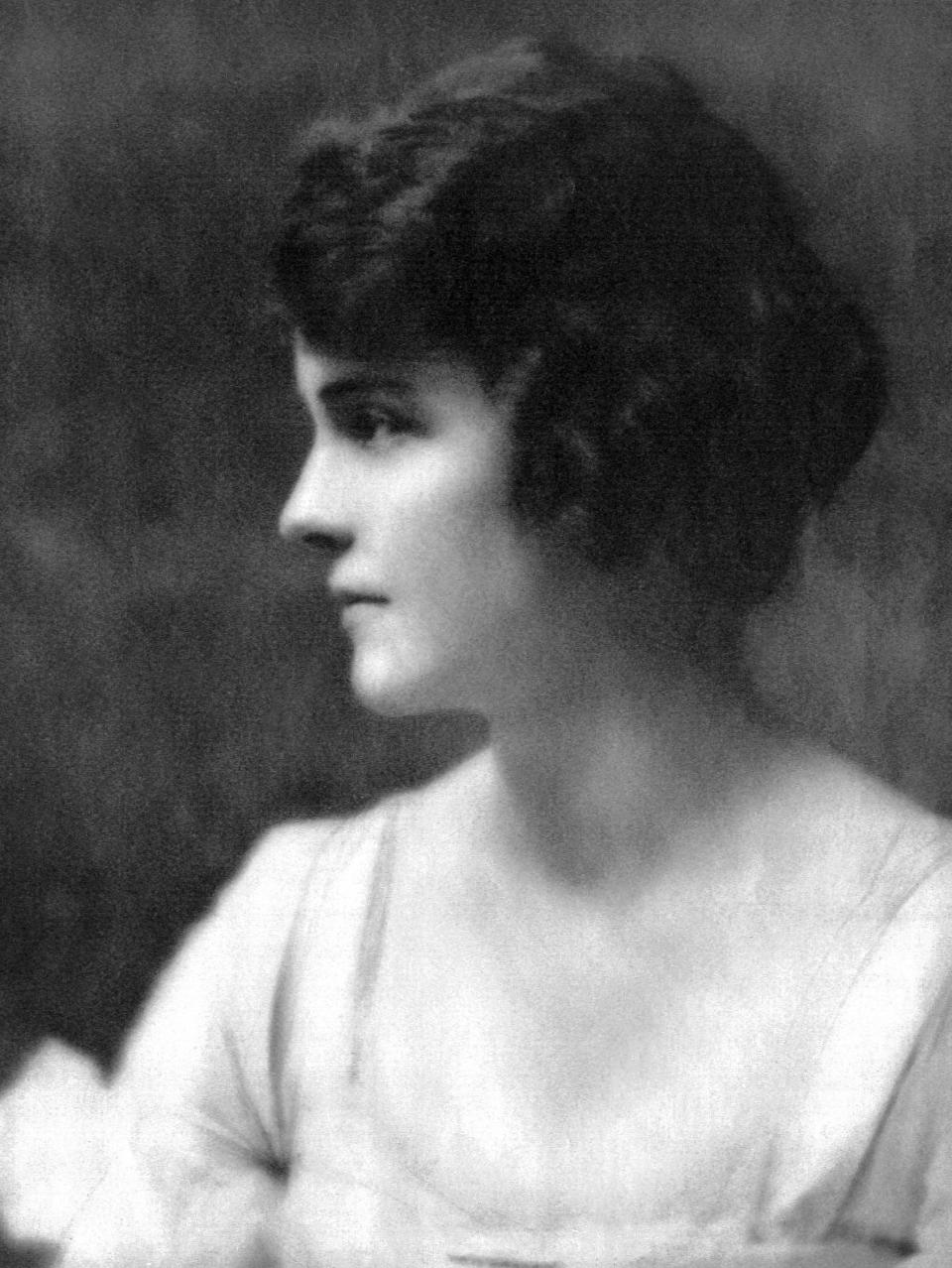
King’s rejection of Fitzgerald led him to enlist in the army, not unlike the character Gatsby. While King dismissed their romance as “a silly passing romance,” Fitzgerald wrote King into several of his short stories and novels, not just limited to “The Great Gatsby.”
He later married the eccentric, free-spirited Zelda Sayre, with whom he had a famously chaotic relationship.
Zelda Fitzgerald’s “Save Me the Waltz” ended up flopping and not selling well, but she was known for scandal and pushing boundaries. She pursued art and writing privately.
Fitzgerald was known to take lines and sections from Zelda Fitzgerald’s writing, as reported by The Atlantic.
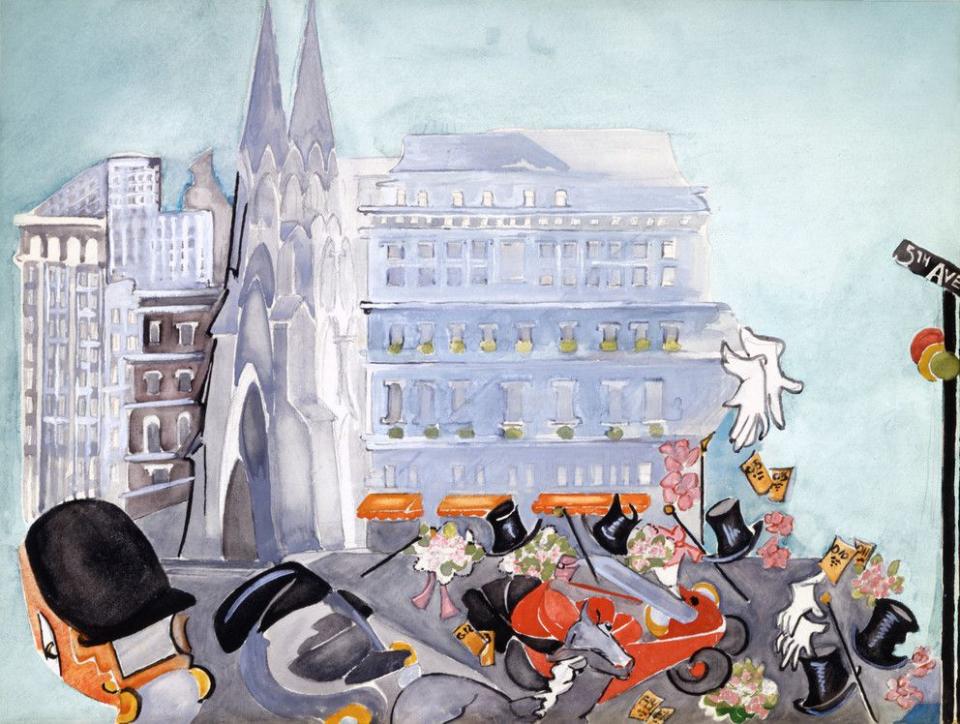
Why is ‘The Great Gatsby’ a classic novel?
“The Great Gatsby” endures in part because of how well written it is.
Fitzgerald wrote, “Only Gatsby, the man who gives his name to this book, was exempt from my reaction — Gatsby, who represented everything for which I have an unaffected scorn. If personality is an unbroken series of successful gestures, then there was something gorgeous about him, some heightened sensitivity to the promises of life, as if he were related to one of those intricate machines that register earthquakes ten thousand miles away.” Here, Fitzgerald employs descriptive language and delicately encases several ideas about Gatsby in only a few lines.
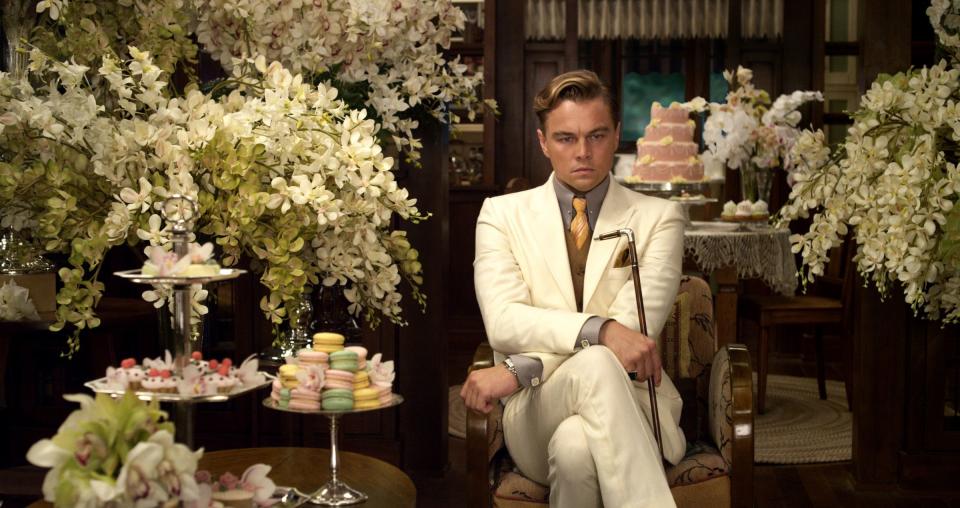
Another key feature of “The Great Gatsby” is how it uses metaphors and motifs throughout the entire novel. The eyes of God in the form of Dr. Eckleburg percolate throughout the novel as several other eyes. The color blue holds a special meaning in the novel and Fitzgerald weaves these ideas in seamlessly.
USA Today attributes the success of the novel to how American the contents of it are and its “imperishable prose.” The novel’s setting in the Roaring ’20s adds romance and mystique to the novel as well.
First-edition copies of “The Great Gatsby” continue to drum up interest at auctions. “More than 500 items, including a first edition of “The Great Gatsby” with inscriptions by the author, F. Scott Fitzgerald, will be on offer in a sale in London on September 28 and an online sale between September 15 and 29, according to auction house Christie’s,” per CNN.
Fitzgerald’s other novels “This Side of Paradise,” “The Beautiful and the Damned,” “Tender is the Night” and the unfinished “The Love of the Last Tycoon” enjoy moderate success. One of his short stories, “The Curious Case of Benjamin Button,” has been transformed into a blockbuster film, but Fitzgerald’s 163 other short stories remain shelved in periodicals, seldom remembered.
“The Great Gatsby” alone, it seems, is the magnum opus of Fitzgerald’s career. He captured the universal longing for love in tension with materialism and morality. In his own words, Fitzgerald succeeded: “That is part of the beauty of all literature. You discover that your longings are universal longings, that you’re not lonely and isolated from anyone. You belong.”

